Hudson River Park’s River Project team is thrilled to open the Wetlab to the public for our 2022 season! The Wetlab is a Hudson River aquarium and marine biology field station located on the south side of the Park’s Pier 40 (cross at W Houston St.). The space features a 3,500 gallon flow-through aquarium system that holds local wildlife from the Hudson River Estuary seasonally.
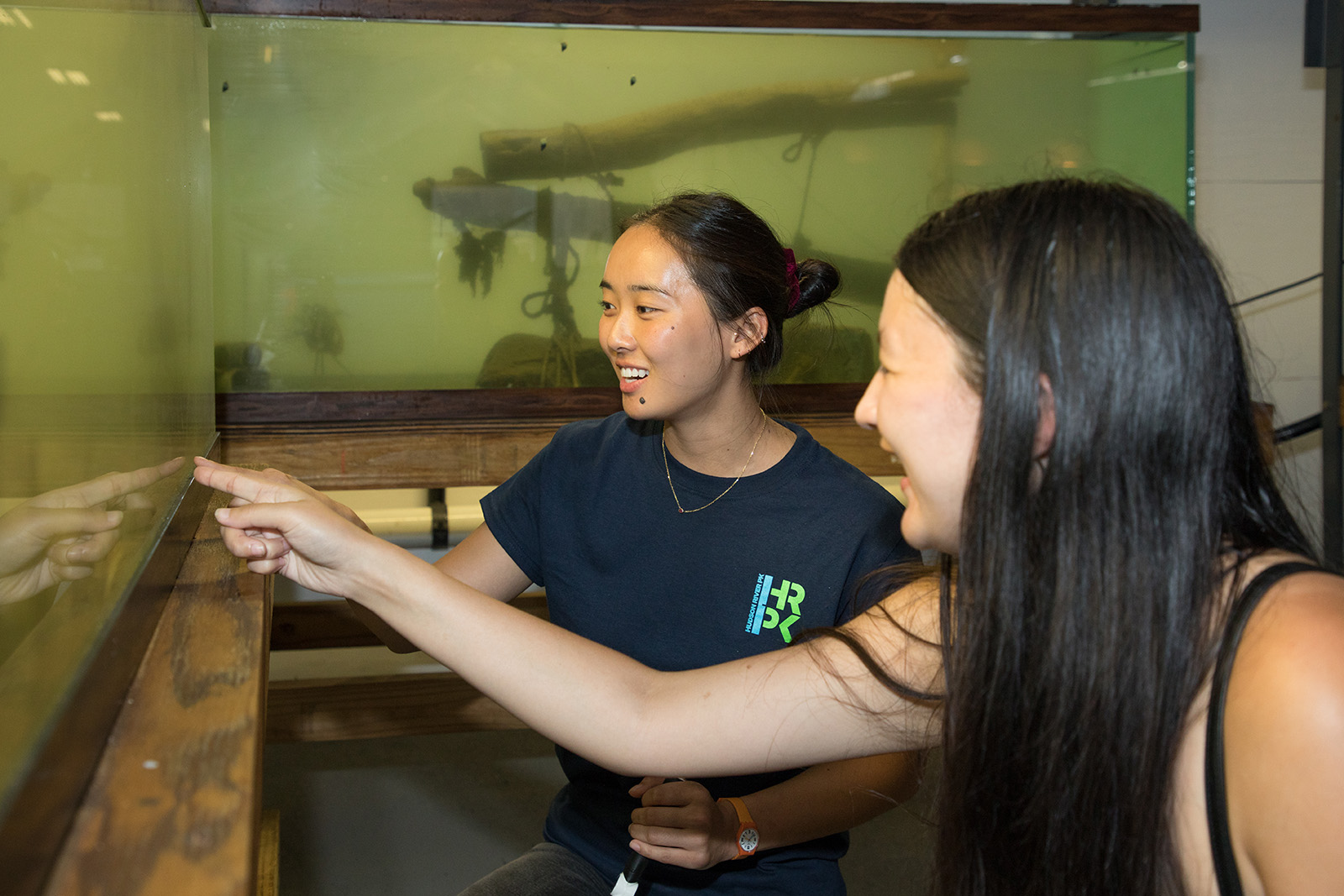
You can join us at our Wetlab Look-ins on Tuesdays and Thursdays from 3:00 — 6:00 PM through October 25 and on Sundays from 11:00 AM — 3:00 PM from July 10 — September 25. The Wetlab season concludes with Release of the Fishes on Thursday October 27. We can’t wait to introduce you to this one-of-a-kind space and its marine residents!
The Wetlab is unique for many reasons, but one of the main factors that sets it apart from other educational spaces is that we house different species of native fish and invertebrates collected from our 400-acre Estuarine Sanctuary. These species are collected as part of our ongoing fish ecology survey, oyster monitoring and other ongoing conservation work throughout the Park.
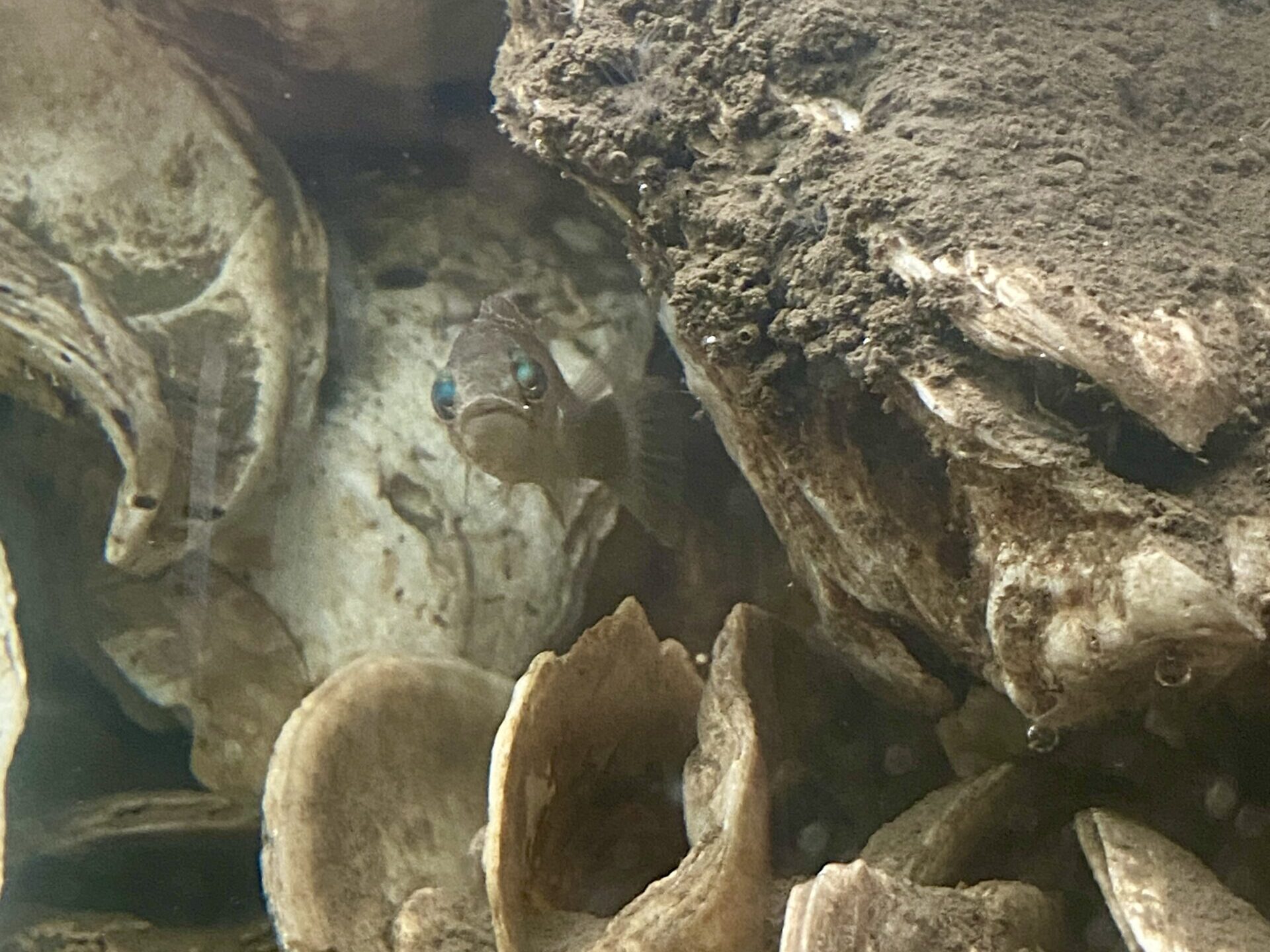
We work hard to make sure that we are supporting the natural behaviors of our organisms while they are with us because they are collected from the wild and will all be released back into the estuary. The flow-through nature of the Wetlab is one way we do this. By keeping the fish we collect in Hudson River water that is flowing through our tanks, we maintain their immune systems (which are conditioned by wild bacteria in the River) and environmental cues in the water that inform fish behavior like mating, migration and hibernation.
Habitat is an important part of any fish tank and a key consideration when our River Project team sets up our Wetlab environments. Fish greatly benefit from having a variety of structures in their tank. Habitat offers a key place for fish to hide, which helps to reduce stress. In community tanks with multiple different species, having ample habitat also helps to reduce territorial aggression.
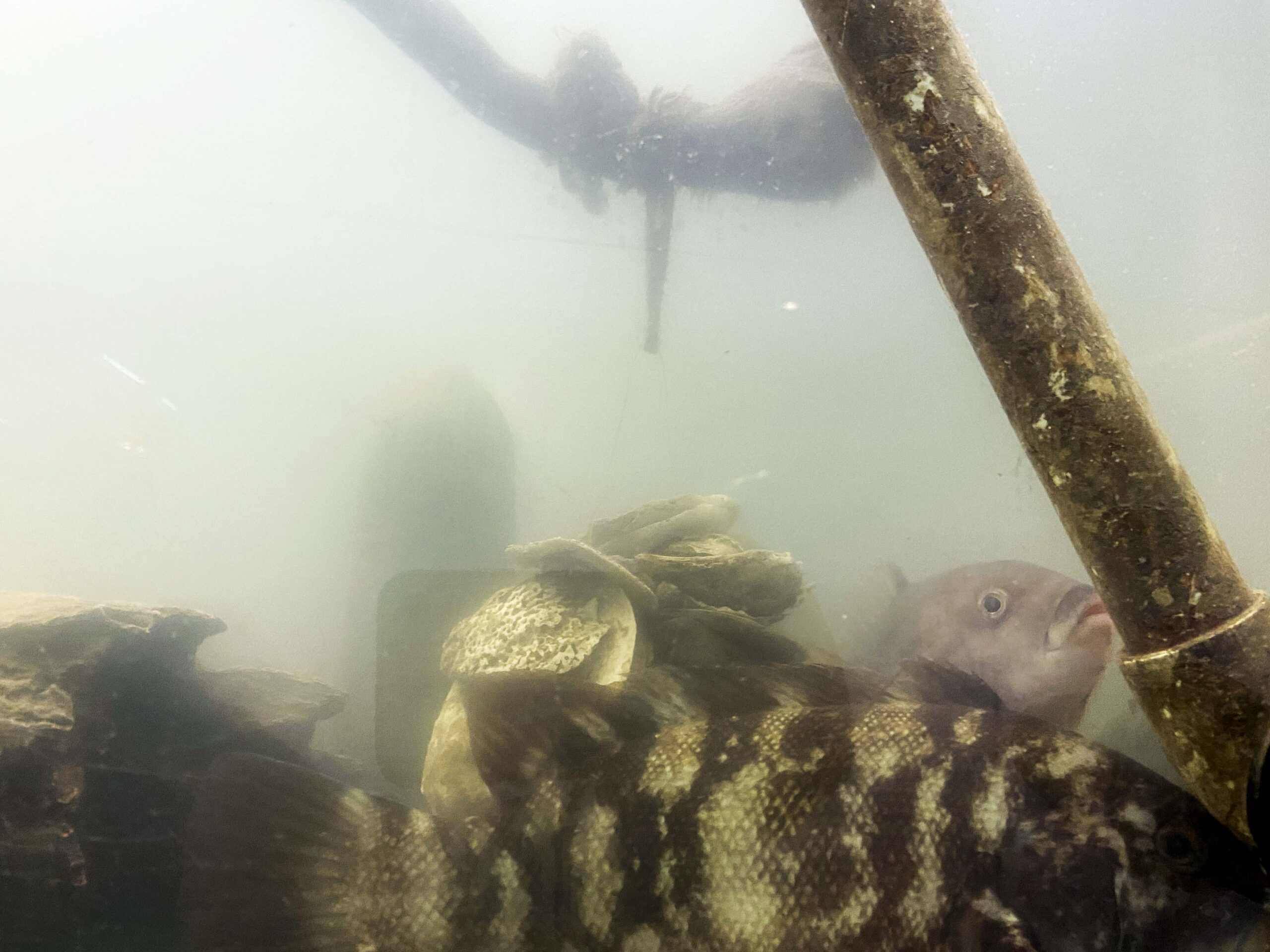
This year, we are excited to make further habitat updates in our tanks to provide environments for our fish that better match the surfaces, structures and colors that would be found in our Sanctuary waters. When visiting the Wetlab in previous years, you probably saw us decorating our tanks with rocks, shells and driftwood alongside other artificial items like PVC pipes. While PVC pipes are a fish-safe decoration that offers great structure and hiding places for our animals, we decided to exchange them where we can for new habitat pieces that better mimic hollow logs and other structures fish might find in the river. The hollow log pieces offer the same hiding place structure as our PVC tubes, but the color of the habitat will allow fish to better camouflage against these surfaces and maintain these behaviors for use in the wild.
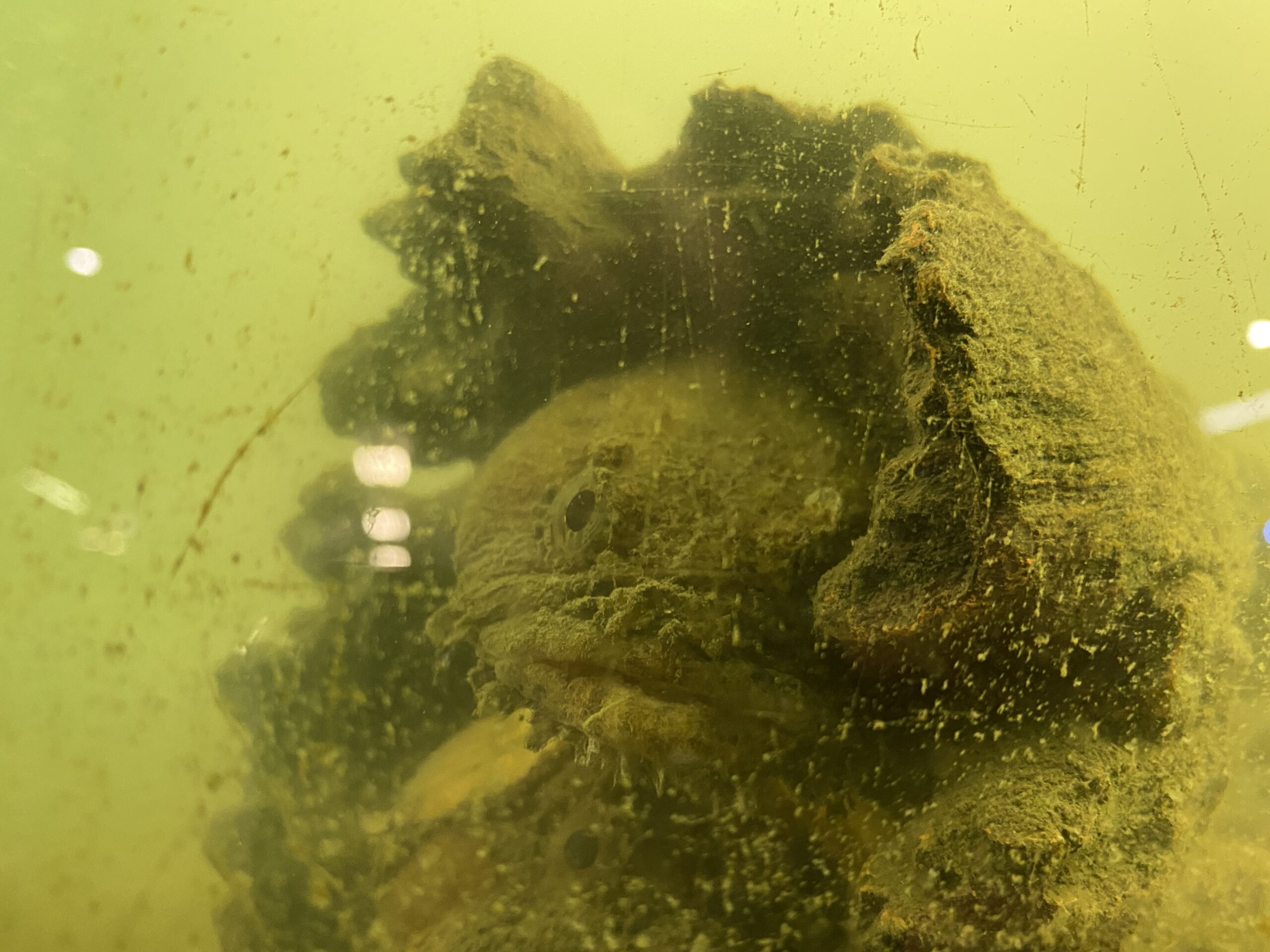
Another habitat we will recreate are the pile fields that can be found in the water throughout our Park. Even though pile fields are man made structures, lots of different kinds of life, from anemones to sponges to blue crabs, can be found on and around these leftovers from piers of the past. These pile fields are important fish habitat as they offer structure where fish can hide and some cushioning against the often tumultuous currents found in the estuary. In particular, they are important nursery grounds for juvenile fish like striped bass, offering an area where they can find shelter from predators while they feed and grow. To mimic this habitat, we collected driftwood logs and mounted them to some of our decorative rocks to recreate the vertical structure that piles offer in the River inside of our tanks.
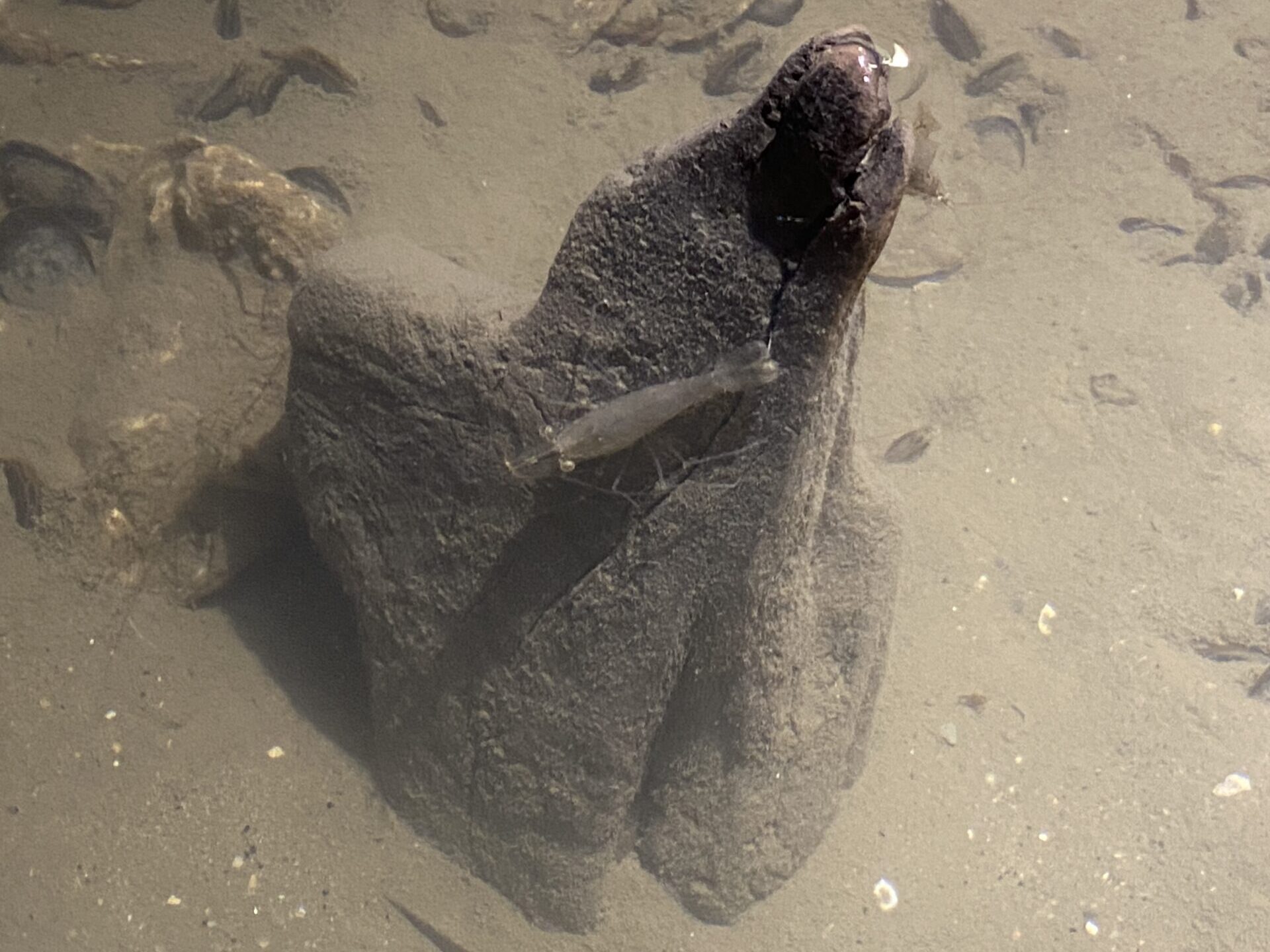
We are also excited to begin trialing tank backgrounds molded from natural rock faces in some of our tanks. These backgrounds not only provide a more natural look to our aquariums, they also offer three dimensional textured surfaces for fish and other organisms to use. We are excited to see how anemones, barnacles and other settling organisms make use of these new structures.

Another new habitat feature you will see throughout our tanks this year are miniature oyster reef balls. Reef balls are one of the habitat enhancement structures recently deployed as part of the Tribeca Habitat Enhancement Project. These structures are designed to offer oysters a structure to attach to in the River, with the hope that over time the oysters will grow, reproduce and build reefs similar to those that used to be found all over New York Harbor. In our tanks, we hope to see oysters and other settling organisms start growing on these, and of course we imagine fish and other critters will use these as a hiding spot as well.
We look forward to showing you our tanks in person at Wetlab Look-ins throughout the summer!